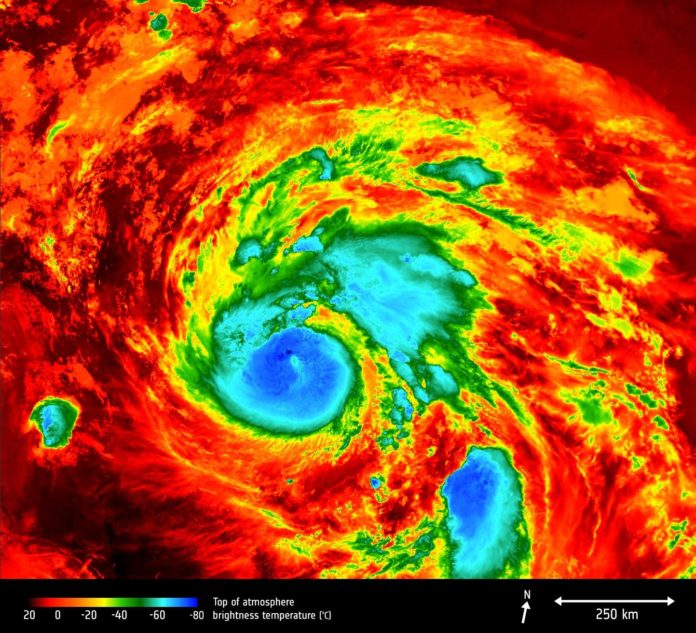Hurricane Harvey is an at present dynamic tropical violent cyclone that recently hits Texas as a noteworthy storm. Categorized as Category 4 storm, this would make it the strongest cyclone to strike the United States in 12 years. But what makes it to suddenly boost the power?
Suzana Camargo, an ocean and climate scientist at the Earth Institute’s Lamont-Doherty Earth Observatory said, “Harvey’s winds quickened from about 35 to 109 miles per hour over the past day and a half. That is known as rapid intensification. The hurricane’s fast power-up was influenced by two factors.”
The factors involve warm water and wind speed. Warm water dumps warm vitality into a creating storm. This warm vitality allows the low-pressure circulating system to draw in more air from its surroundings, which makes the storm spin faster and grow.
It also depends on wind speeds throughout the troposphere.
Camargo said, “A thick layer of warm water provides more fuel for the storm. The warm waters of the Gulf of Mexico, which Harvey is moving across, make it something of a breeding ground for hurricanes.”
“If you think of the storm as a big tower, you can’t have the winds blowing in one direction at the bottom of the storm but a different direction at the top. The similar thing happens if the winds have different strengths at different heights. Basically, having uniform winds from the bottom to the top of the storm allows it to grow in strength.”
The changes in strength like Hurricane Harvey are not uncommon. A recent study found that almost 500 hurricanes formed in the North Atlantic. 96 of them went to rapid intensification. The similar phenomenon is also found in Pacific ocean.
Scientists noted, “Hurricane Harvey continues moving over the warm waters of the Gulf, it may continue to gain energy and speed. By the time it reaches Texas, forecasters think the storm will reach Category 3 status, which means its winds could whip up to 130 miles per hour, with the potential to cause devastating damage.”
Satellite view of Hurricane #Harvey as the storm approaches the Texas Coast. #txwx #stxwx pic.twitter.com/kk7u8i7nBN
— NWS Corpus Christi (@NWSCorpus) August 25, 2017
Texas Governor Greg Abbott said, “A lot of people are taking this storm for granted, thinking it may not pose much of a danger to them. Please heed warnings and evacuate as soon as possible.”
